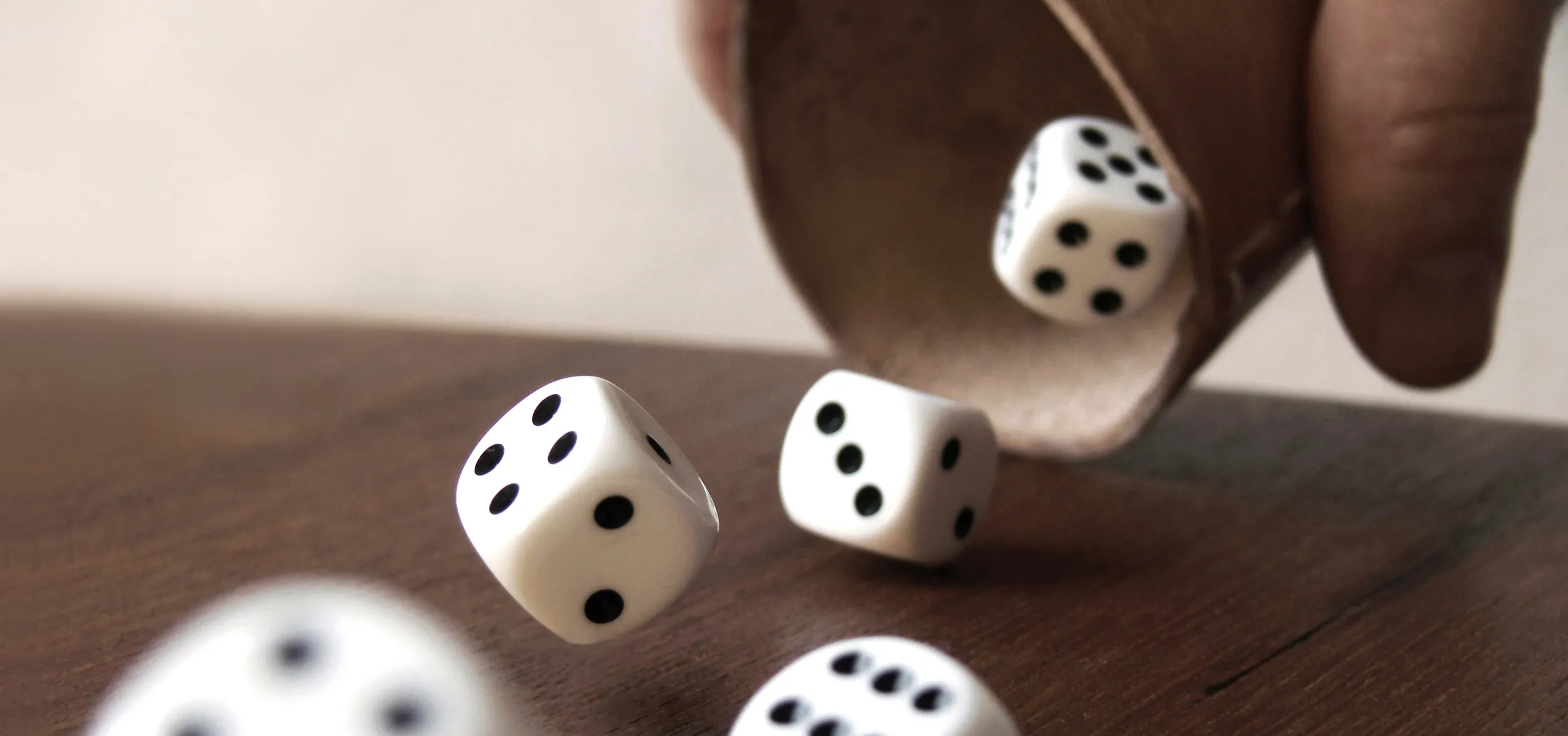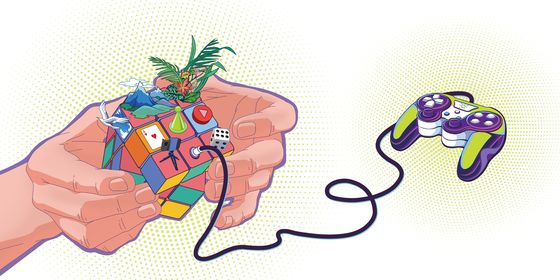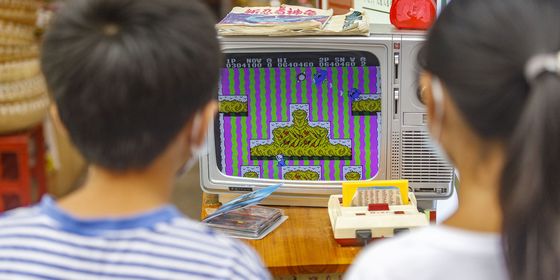How to play that game you’ve seen in Chinese bars and clubs, but never understood
Alcohol, being the bedrock of Chinese society that it is, is a very important social tool. But this tool itself is not just limited to a beverage and container. In the same way that Westerners may use coins and ping pong balls, the Chinese also have their very own set of equipment.
One such activity uses dice and cups.
The rules of 大话 (dàhuà, big talk) or 吹牛 (chuīniú, bluff, boast) can sound complicated at first, but once you have played a couple of times, it is fairly simple and intuitive.
The Skinny
Each player has five dice and one cup with which they use to shake and cover the dice. The object of the game is to carefully predict the total number of dice with one particular face value rolled without going over—1s are wild. Players take turns calling, with each call needing to have a higher value than the previous one.
Calls are made in the form of two numbers, for example “five 2s.” The first number indicates the quantity, the second indicates the face value of the dice. For the first call of each game, the minimum the first number in the pair can be is the number of players plus one. To increase the value for the next call, you simply treat it the pair of numbers as one number. For example, “five 4s” would be bigger than “five 2s” but smaller than “six 3s.”
Example of Play Advancement
Take a game with two players. This means that the total number of dice in play will be 10. They both roll and take a look at their dice.
Player A has dice with face values of 1, 3, 3, 5, 6.
Player B has dice with face values of 2, 3, 5, 5, 5.
Player A starts the game by calling “three 3s.” (This indicates that A estimates that there are at least three dice with a value of 3 on the table. A can complete this condition with just his own dice because 1s are wild.)
Player B calls “three 5s.” (B has to increase the value of the call, so to be safe B decides to call something that is certain to be correct—because B has three himself.)
A calls “four 3s.”
B calls “four 5s.”
A calls “five 3s.”
B stops the game.
Deciding the Winner
The winner is decided when one player no longer believes that the last call made is possible and actively stops the game. The players then show their dice and tally up the total. If the call is sufficient, then the one who made the last call is declared the winner. If the call is insufficient, the the one who ended the game is the winner.
In the above example, B would be the winner.
Variations
There are many variations that can be implemented. Adding more players means that the total number of dice in the game increases and with it the minimum call must be raised.
It is possible to call 1s. If this happens then 1s are no longer wild and they have the highest dice value (you can call them after 6s). This normally happens with the first call.
Some people may make a call followed by the word 斋 (zhāi). This also means that 1s are no longer wild. To put the wilds back into play, a player must increase the quantity of the next call (the first number) by two.
Hope that all made sense. If it didn’t then just try play a few times and you’ll master the strategy in no time.












